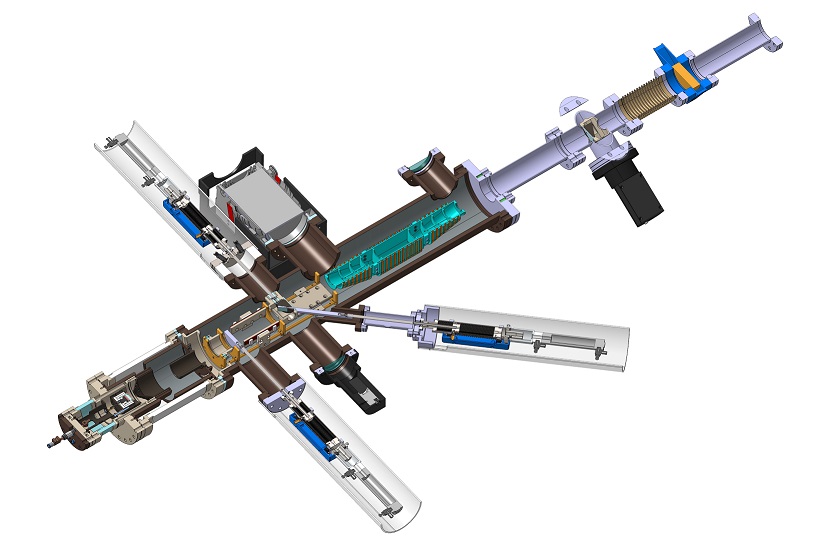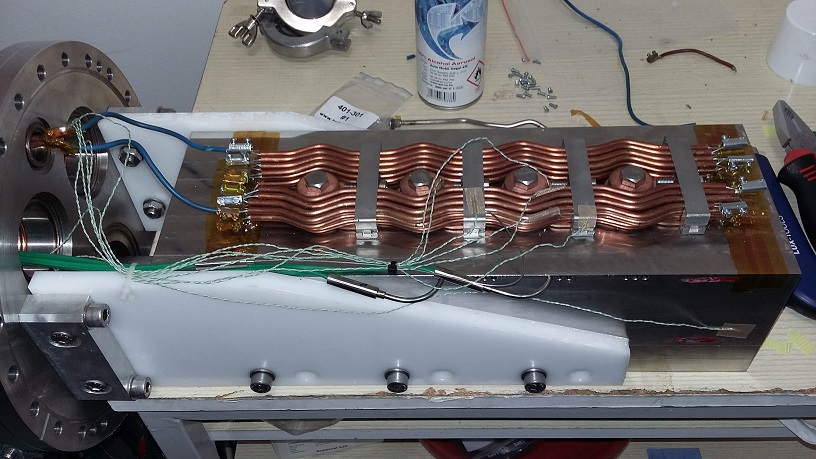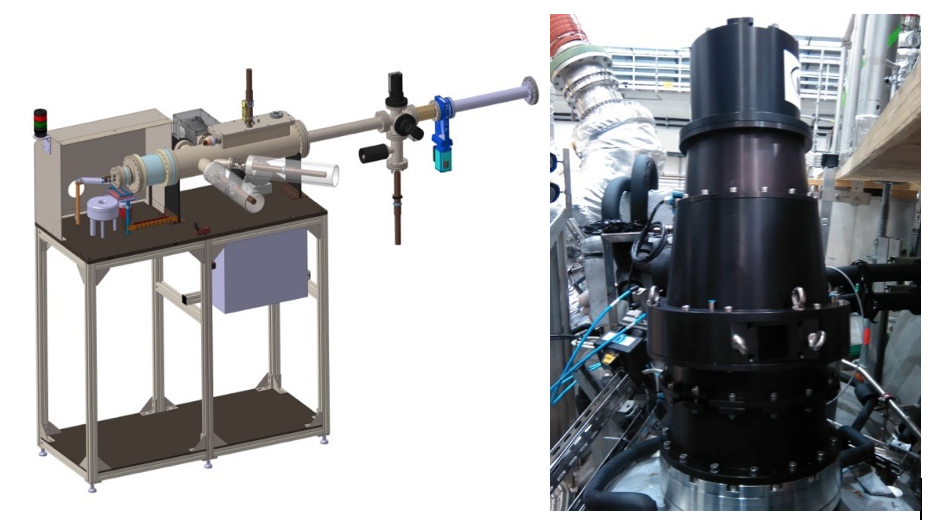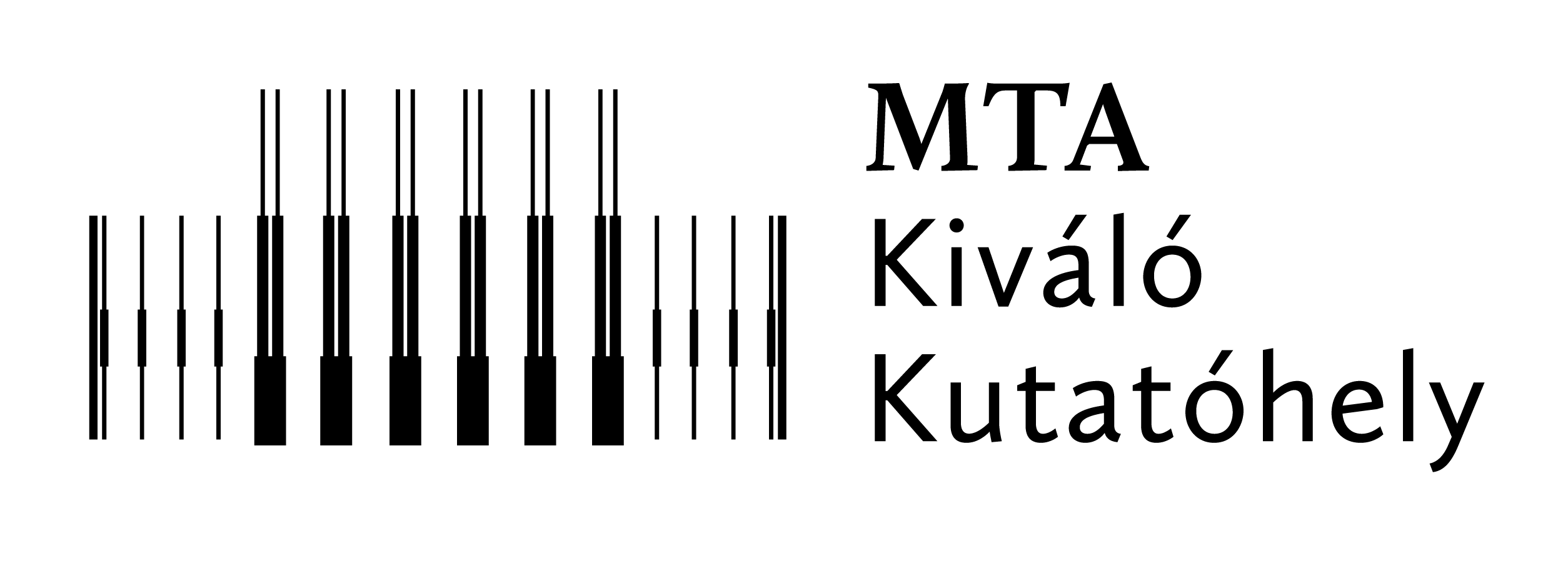2018
In support of a successful ITER and other fusion oriented projects worldwide.
In 2018 we fully designed and partially manufactured a new Alkali Beam Injector for the Plasma Physics Institute in Garching. Several parts of our existing reference design were improved and substantially redesigned. The Figure below shows the complex structure of the equipment.

Figure 2. The Alkali Beam Injector for IPP-Garching
In the Tokamak Services for Diagnostics project that is responsible for the development of the electrical infrastructure for signal transmission in the vacuum vessel, the group continued the series of qualification experiments to qualify the Mineral Insulated (MI) cables for ITER. This year these included vacuum outgassing and vacuum tightness measurements, as well as the characterization of the pulling force of the cables in the looms and thermal conductivity tests of complete assembled loom segments.

Figure 2. ITER VV mockup-segment with the installed loom elements
In the EUROfusion Consortium we largely contributed to two work packages: to the WP on the Breeding Blanket (targeting the development of a Tricium breeder unit) and the WP on the Early Neutron Source (targeting the development of a high flux 14 MeV neutron source for fusion material testing).
2017
In 2017 we delivered two large beam emission spectroscopy diagnostic equipment to two European fusion laboratories: to the MAST Upgrade tokamak in the UK and to the Wendelstein 7X stellarator in Germany (Fig. 1). This involved a substantial amount of engineering, manufacturing, testing and commissioning works.

Figure 1. The alkali beam injector for W7X and its observation system
In the Tokamak Services for Diagnostics project that is responsible for the development of the electrical infrastructure for signal transmission in the vacuum vessel, the group successfully carried out a series of qualification experiments to qualify the Mineral Insulated (MI) cables for ITER. These included resistivity, cross-talk, thermal and mechanical load, thermal induced electromotive force (TIEMF) generation and vacuum tightness measurements (Fig. 2).
In the EUROfusion Consortium we largely contributed to two work packages: to the WP on the Breeding Blanket (targeting the development of a Tricium breeder unit) and the WP on the Early Neutron Source (targeting the development of a high flux 14 MeV neutron source for fusion material testing).



